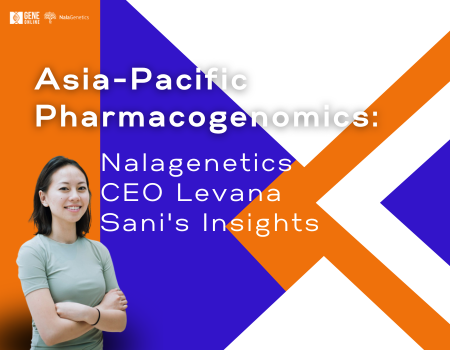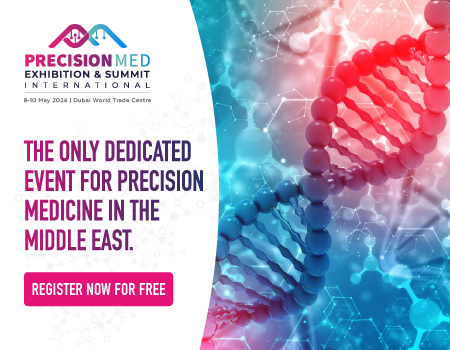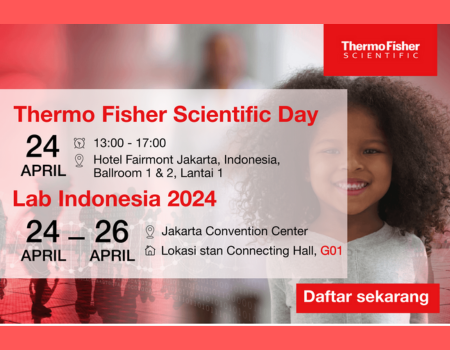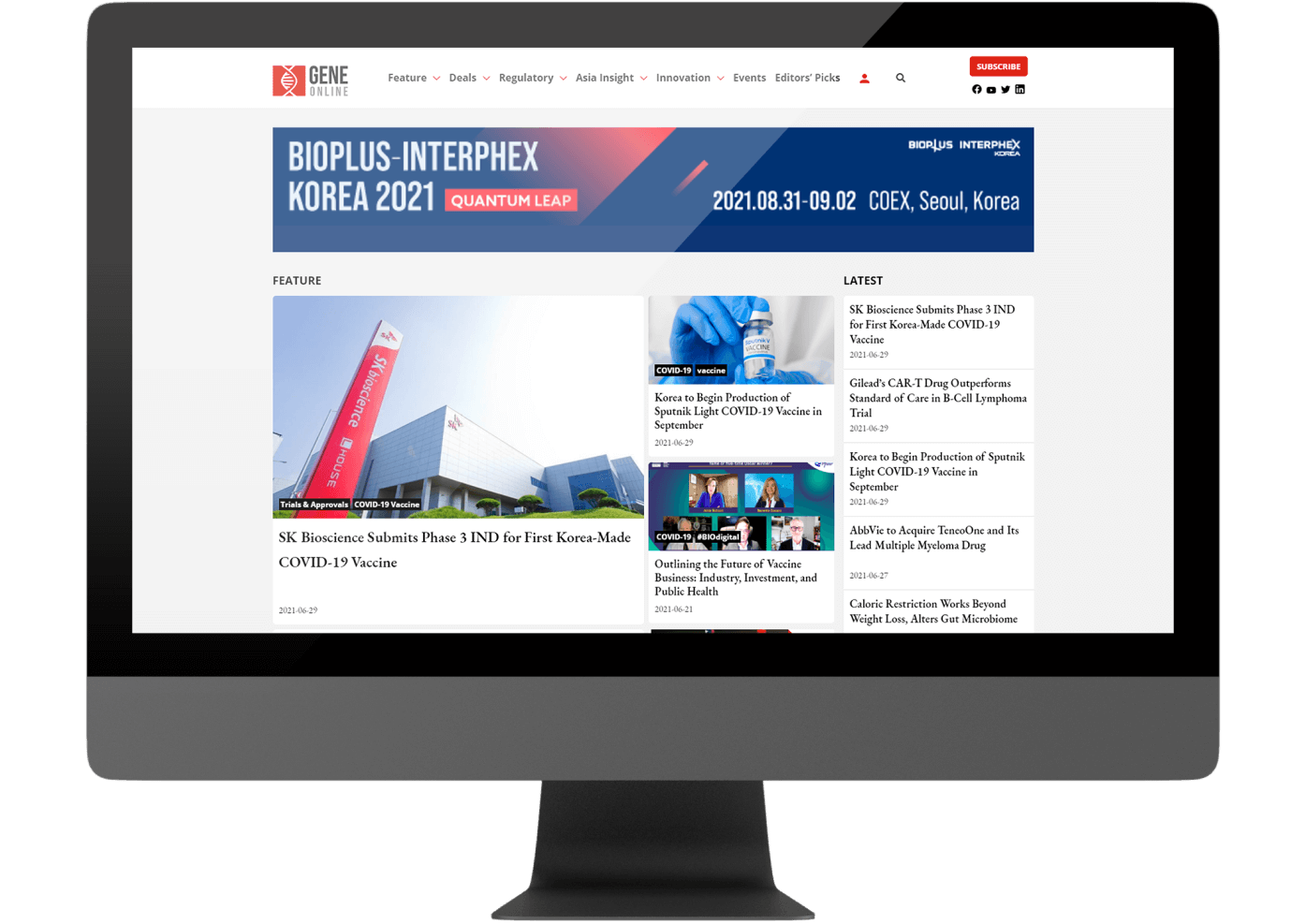Bacteria-Derived Protocells Mark Breakthrough in Synthetic Biology
Synthetic biology, an emerging discipline at the turn of the century, combines various aspects of science and technology, including biotechnology, materials science, biophysics, gene editing, and electrical and electronic engineering, to modify natural biological systems or create entirely new biological constructs or components. Its potential applications span the pharmaceutical industry, vaccine production, biopharmaceuticals, genetically modified crops, and renewable energy.
According to a study published in the prestigious scientific journal Nature by a team from the University of Bristol, scientists developed a technique for assembling living materials to construct synthetic cells (also known as protocells) that mimic the functions of real cells, marking a major step forward in the development of synthetic biology.
Related Article: Are iPSCs safe? Nearly 75% of Skin Stem Cells Have Severe DNA Damage from UV Exposure
Assembling Protocells with the Aid of Bacteria
The team, led by Professor Stephen Mann of the School of Chemistry at the University of Bristol, first captured E. coli and Pseudomonas aeruginosa (PAO1) separately inside and on the surface of specially made coacervate microdroplets containing ATP. They used these microdroplets filled with living bacteria as microscopic building sites for assembling synthetic cells.
The resulting bacteriogenic, membrane-coated protocells contained thousands of biological molecules and a variety of molecular machines with a high degree of structural and morphological complexity. The researchers also discovered that these protocells could produce energy-rich molecules (ATP) through glycolysis and synthesize RNA and proteins through in vitro gene expression. In other words, the synthetic cells could inherit bacterial components, remaining biologically active in a new environment.
By remodeling the structure and morphology of these bacteriogenic protocells and implanting living bacteria into them, the team found that these protocells could mimic various properties of real cells, including forming a cytoskeleton-like network of protein filaments, membrane-bounded water vacuoles, and a nucleus-like DNA-histone condensate. In addition, ATP produced in the implanted live E. coli could power the protocells, producing a cellular bionic system with an amoeba-like external morphology demonstrating integrated life-like properties.
Synthetic Cells’ Enormous Research Potential
As the corresponding author of the paper, Professor Stephen Mann pointed out that achieving high organizational and functional complexity in synthetic cells is difficult. He also expressed his hope that the team’s newly developed bacteriogenic approach would achieve this goal, facilitating the integration of myriad biological components and enabling the development of energized cytometric systems.
The first author of the paper, Dr. Can Xu, a researcher from the School of Chemistry at the University of Bristol, stated that this method of assembling living materials might offer an opportunity for the bottom-up construction of symbiotic living/synthetic cell constructs in the future. In addition, synthetic cells have great potential in synthetic biology for diagnostic and therapeutic applications, biomanufacturing, and biotechnology.
©www.geneonline.com All rights reserved. Collaborate with us: service@geneonlineasia.com









